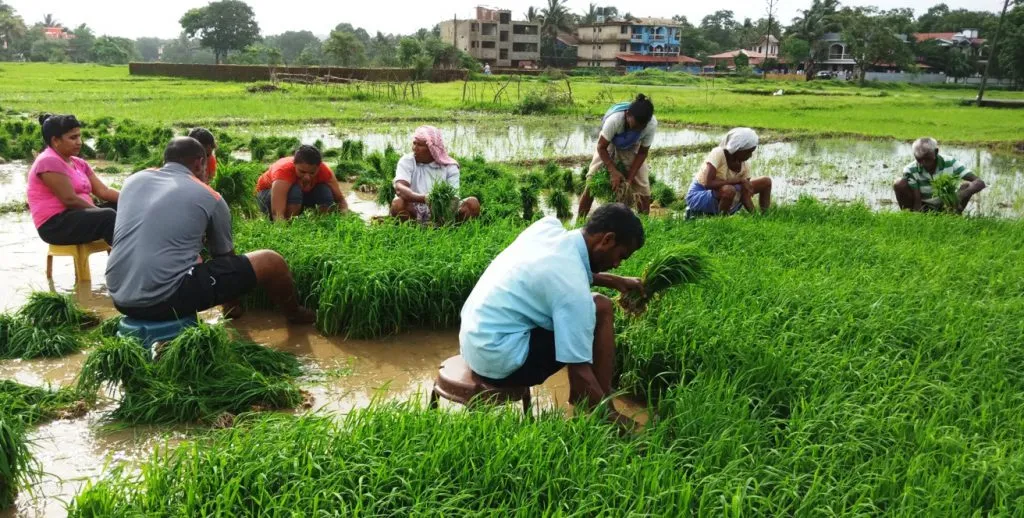A Dream That Once Drove Millions
In Punjabi villages and towns, many young people grew up hearing stories about Canada, Australia, and the UK. They heard that life there meant good jobs, better money, and a grand future. Families saved money, sold land, or borrowed loans to help their sons and daughters take English tests or pay visa fees. Everywhere you looked, there were doortodoor ads for IELTS coaching and visa agents.
Students from Punjab left in large numbers for more than ten years. One study by Punjab Agriculture University found that between 2021 and 2023, about 42 percent of rural migrants chose Canada as their destination. People call this rush of overseas travel “the Canada dream.”
Hard Truths Hunt Many Abroad
But many of those dreams didn’t turn into happy endings. Canada made its immigration rules much stricter in 2024. Student permit numbers dropped by 35%, and then by another 10%. That hit Punjab hard—colleges and visa agents started to feel a big drop in business.
Some who still managed to go abroad struggled. Some overpaid to visa agents or got fake letters. Many ended up without visas, and some were even deported. A Reutersstyle story describes families in Amritsar who sold land and assets to send their child abroad — only to be denied a visa after Canada doubled its financial threshold for visas.
Colleges Filling Up at Home

With foreign dreams fading, local schools and colleges in Punjab saw more students. Panjab University and others reported cutoff marks climbing over 90% for top courses. Students who once planned to leave began enrolling in local studies, even in fields like engineering and business. They looked for a future they could build right here.
Even the Government Is Helping
This change was referred to as a "reverse migration" by Chief Minister Bhagwant Mann. Many young people are returning to Punjab in search of employment. His government aims to create more good jobs locally.
By the end of 2024, the state offered nearly 50,000 regular jobs in government roles. They also held over 4,700 job fairs, giving help to 265,000 candidates for private sector work. Their Punjab Skill Development Mission trained more than 64,000 young people in trades like electricians, solar technicians, beauty therapists, and more. Over 47,000 of them found jobs afterward.
Farm Work No Longer a Last Option
For years, many youth avoided farming. They saw it as dirty, hard, and lowpaying. They wanted whitecollar jobs or to go abroad.
That’s changing. In Amritsar and other places, young people are returning to the fields. They try farming in new ways: organic veggies, dairy, fruit orchards, medicinal herbs, and techbased farms . The government even helps them manage crop waste and stubble better. The farming was developed in Punjab in the 1960s during Green Revolution. But after some years, farming was seen as an occupation of the illiterates. But as youths are staying in their motherland, the thinking of people has changed.
Now farming is becoming more modern. Some even start agribusinesses, like vegetables or honey. These efforts show farming can be profitable—and it does not need a passport.
New Businesses Light Up Local Minds

Punjab is also seeing more small businesses. In Mohali, Chandigarh, Ludhiana, and Amritsar, young people opened repair shops, coding centres, digitalmarketing services, and startups . They realized that they didn’t need to go far to grow.
But there are challenges. Industry growth slowed down in some areas. Red tape, corruption, and lack of investor support still hold back new businesses . Still, many are pushing for change. They call for simpler rules, more funding, and guidance.
Why This Matters
When so many youth leave, Punjab loses more than people—it loses energy and skill. The brain drain was unfavour for the state. Schools, villages, and fields go quiet. Folk crafts, local businesses, and heritage fade. This hinders the state's ability to expand.
Remittances—money sent from abroad—help families. But they don’t replace the value of youth working here. Without them, Punjab’s economy stalls.
Seeing a Brighter Future
Still, signs of hope shine through.
- More students are now enrolling at home.
- Staterun job fairs and training centres link youth to real jobs.
- Farming is growing more respectful again. Young people like Simran from Amritsar and Jagdeep from Moga dropped foreign plans and built solid local businesses.
- Some returnees—even after a failed or harsh stay abroad—are starting fresh. They bring hard work, new ideas, and a love for their roots.
The government also offers funds to start small businesses and startups. Young people now learn both farming and digital skills. Could Punjab soon lead India in agritech or dairy innovation? It looks possible.
What Lies Ahead
The spirit of youth is waking up again in Punjab. They’re saying:
“I can find success here. I don’t have to go far.”
That shift didn’t happen overnight. It is the result of two phenomena. One was visa rules changing abroad and tough experiences, and the other was strong local efforts.
To keep this momentum, Punjab must:
- Keep funding skill training nd job creation.
- Make it easier to start businesses, reduce red tape, and fight corruption.
- Promote farming smartly, using technology and local markets.
- Celebrate local success stories to inspire more youth.
If Punjab does this, many youngsters will stay and thrive. They will fill offices, farm fields, and industrial sites right at home. They will wake up as proud Punjabis—on their own land, not on airport runways. And that is a strong, hopeful future.










